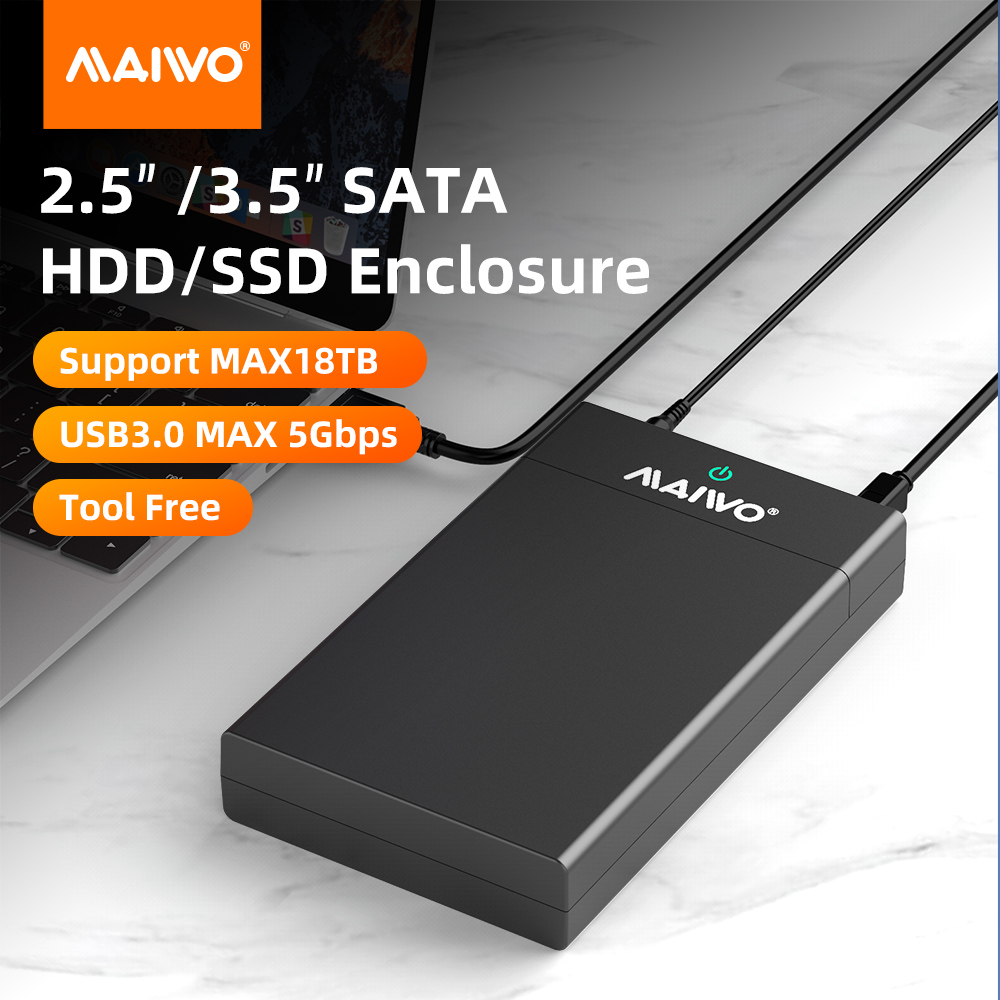Exploring the concept of a raid hard drive enclosure is crucial for those seeking efficient and reliable storage solutions. Whether you are a professional in need of large storage capacity or a home user looking for secure data backup systems, understanding raid hard drive enclosures is essential.

A raid hard drive enclosure is a device that combines multiple hard drives into a single unit, creating an array of disks. The primary purpose of a raid enclosure is to provide data redundancy, increased storage capacity, and improved performance. It offers various raid levels, allowing users to choose the level of redundancy and performance they require.
Raid hard drive enclosures support different raid configurations such as RAID 0, RAID 1, RAID 5, RAID 6, and RAID 10.
a. RAID 0: Also known as striping, RAID 0 increases performance by splitting data across multiple drives. However, it does not provide redundancy, making it unsuitable if data protection is a priority.
b. RAID 1: Known as mirroring, RAID 1 duplicates data on multiple drives, ensuring data redundancy. It offers excellent protection against data loss but does not provide increased storage capacity or improved performance.
c. RAID 5: RAID 5 combines striping and distributed parity for both performance and redundancy. It is a common choice for its balance between storage capacity and data protection.
d. RAID 6: Similar to RAID 5, RAID 6 adds an extra layer of fault tolerance by supporting dual parity. This configuration can withstand the failure of two drives simultaneously.
e. RAID 10: Combining striping and mirroring, RAID 10 offers excellent performance and high data redundancy. However, it typically requires more drives compared to other configurations.
a. Data Security: Raid hard drive enclosures provide data redundancy, ensuring that even if one drive fails, your data remains safe and accessible.
b. Performance Improvement: By distributing data across multiple drives and optimizing read and write processes, raid enclosures can significantly improve performance, especially with RAID 0, 5, or 10 configurations.
c. Scalability: Raid enclosures allow for easy expansion of storage capacity. You can add more drives to the array as your storage needs grow, without the need to replace or transfer data.
d. Cost-Efficiency: Rather than investing in individual external hard drives, raid enclosures offer a more cost-effective solution for high-capacity storage, as they streamline multiple drives into a single unit.
a. Compatibility: Ensure that the raid enclosure you choose is compatible with your existing operating system and hardware.
b. Raid Level: Consider your storage requirements and choose the appropriate raid level that balances the desired level of data redundancy and performance.
c. Drive Support: Check the maximum drive capacity supported by the enclosure and verify if it is compatible with your preferred hard drives.
d. Connectivity: Determine the connectivity options provided by the enclosure, such as USB, Thunderbolt, or eSATA, to ensure compatibility with your devices.
Raid hard drive enclosures offer a versatile and reliable storage solution for individuals and businesses of all sizes. By combining multiple hard drives into a single unit, raid enclosures provide enhanced data security, improved performance, scalability, and cost-efficiency. Understanding the different raid levels and considering the necessary factors will help you choose the most suitable raid enclosure for your specific needs.